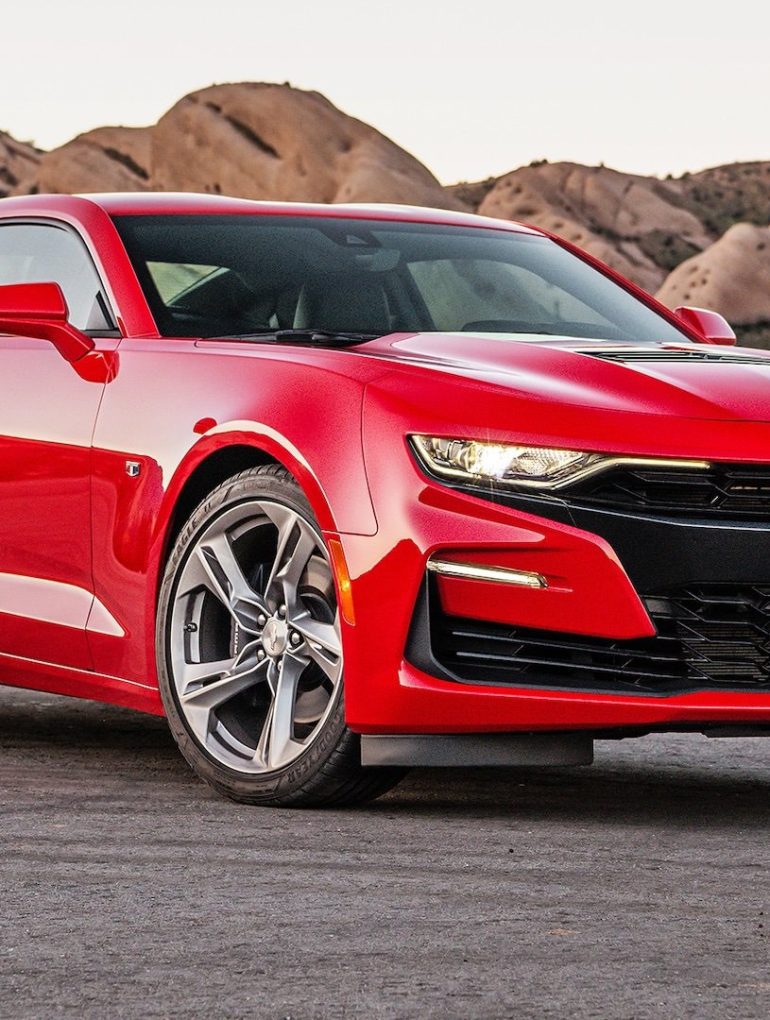Blog Summary:
- Not every update to a car is necessary—or worthwhile. In fact, sometimes they make a great car worse.
- Most major manufacturers are guilty of messing with perfection at least once—from hotshot Italian brands like Ferrari and Lamborghini to dependable Japanese marques like Honda and even normally-practical German companies like BMW.
- Many of the “upgrades” on this list took place after 1990, when long-established models felt in need of a refresh to update them for a new generation of customers.
Face-lifts are commonplace in the ever-changing automobile world. Carmakers are constantly experimenting with their vehicle designs—a touch here, a tweak there. In most cases, the end goal is usually the same: updating the car’s looks and, in the process, making it more appealing to prospective customers.
Unfortunately, there are instances where face-lifts do not work out so well, much like plastic surgery gone wrong. These examples prove that a face-lift is not always necessary and can have the exact opposite of the desired effect.
See Also: The 30 Worst Cars Ever Made
2002 Honda NSX

The first-generation Honda Acura NSX sent shockwaves rippling through the car community when it launched in 1994. It proved that a supercar could function seamlessly as a daily driver, delivering loads of driving excitement while remaining easy on the wallet. It was very good-looking, too, with a design inspired partly by fighter jets. It even had cool pop-up headlights—something that was all the rave at the time.

However, Acura decided to redesign the car in 2002, probably in a bid to generate more sales. The pop-up headlights, a feature that gave the NSX its distinctive identity, were swapped in favour of ugly, bulging pieces. The redesign obviously did nothing to change the NSX’s fortunes, and the car was gone by 2005.
2021 BMW M3/M4

The debut of the 2021 BMW M3 and M4 models was one of the biggest pieces of automotive news of 2020, and it wasn’t because of their performance attributes. The resulting firestorm after the reveal focused on the vehicle’s highly controversial design.

BMW fitted both cars with what is undoubtedly one of the largest grilles ever on a production car, and unlike Aston Martin, it doesn’t look pretty. The backlash was immediate and brutal. It is still one of the most talked-about aspects of both cars. This is a real shame, as the M3 and M4 are pretty formidable performance machines.
2013 Lamborghini Gallardo LP560-4

It was clear that a replacement for the Lamborghini Gallardo was in the works as early as 2010. However, by the time 2013 rolled around, there was still no official confirmation of a release date. Instead, Lamborghini launched yet another variant of the existing Gallardo model.
The 2013 Gallardo LP 560-4 with the weird front fascia looked like the carmaker had run out of ideas at that point and only needed a ‘stop-gap’ before the Huracan arrived.
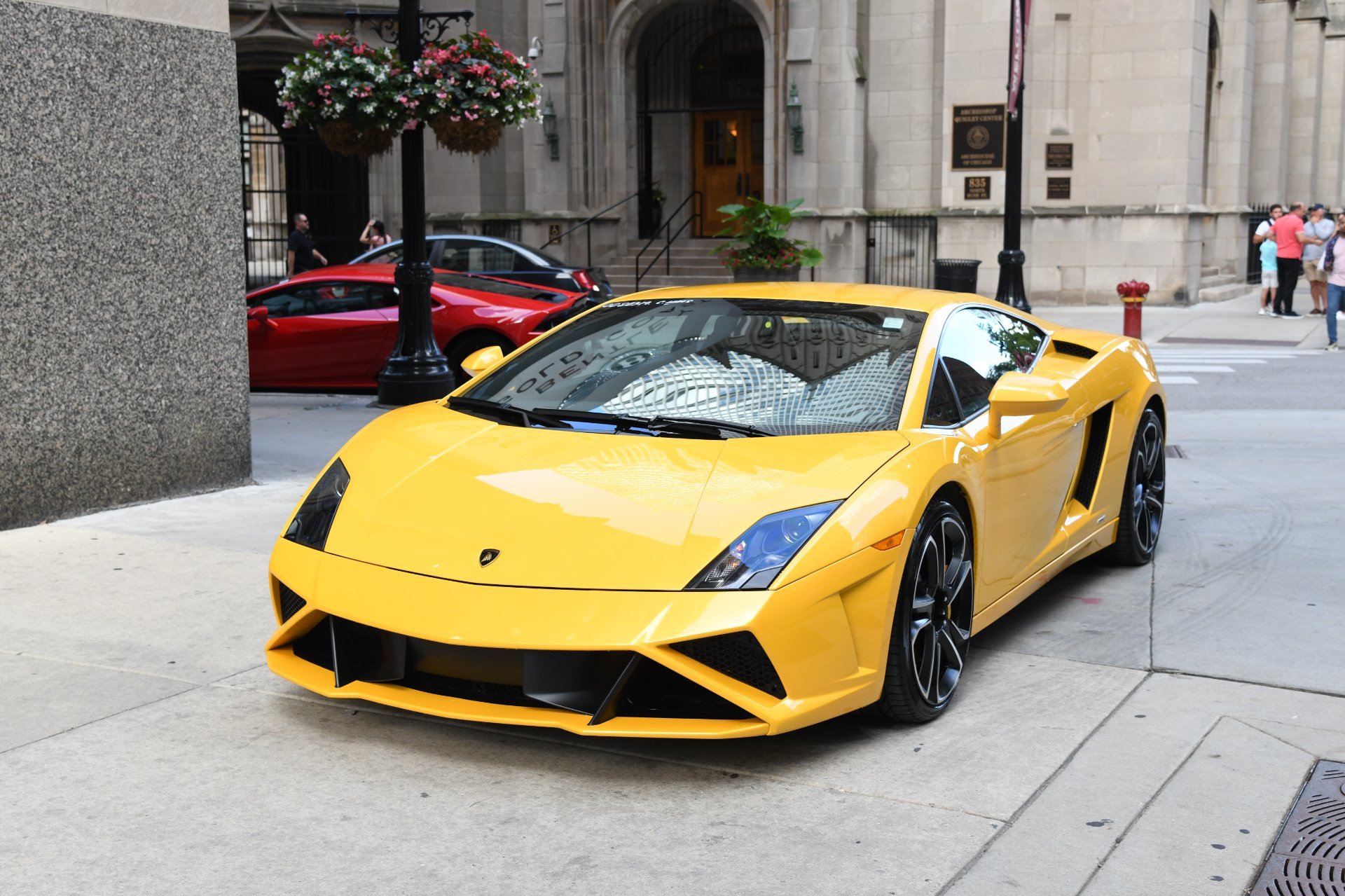
Critics panned the car as the ugliest Gallardo model ever, introduced solely to extend the model life by another year. Thankfully, it didn’t stick around for too long before the Huracan finally had its long-awaited debut at the 2014 Geneva Motor Show.
1995 Ferrari 512 Testarossa
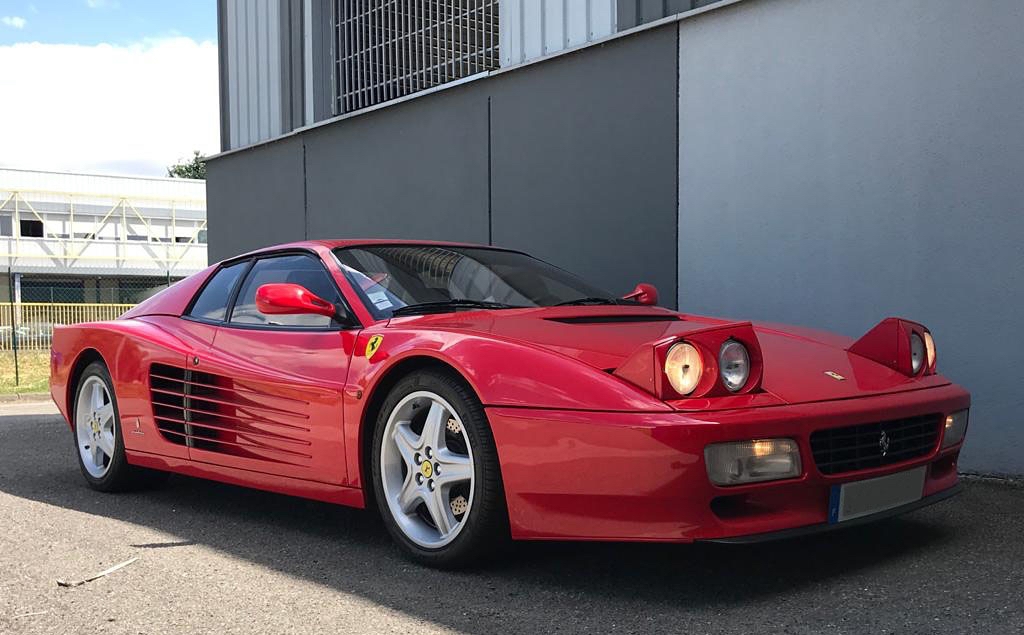
The 512 Testarossa is arguably one of the most popular models to wear the Prancing Horse logo. It was the quintessential ’80s supercar with a distinct styling highlighted by its sharp edges, strakes and—yes—pop-up headlights.
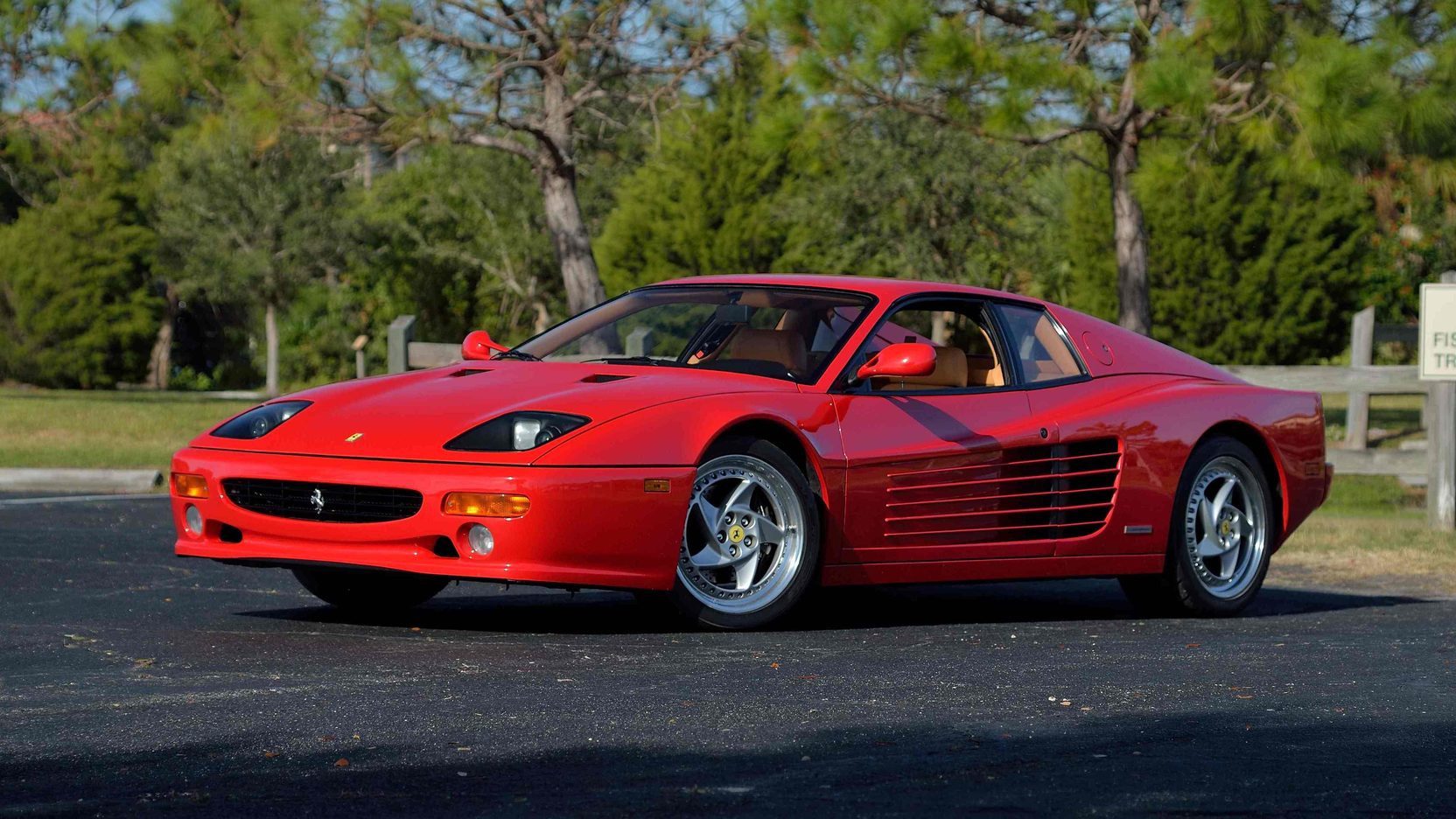
Then in 1995, Ferrari decided to tweak the car’s design and ruin it in the process. Gone were those gorgeous pop-up lights, replaced by something decidedly less fanciful. The reworked grille gave the car somewhat of a gawky look, and then the tires were wrapped around what has to be one of the ugliest Ferrari wheel designs ever.
Hyundai Tiburon
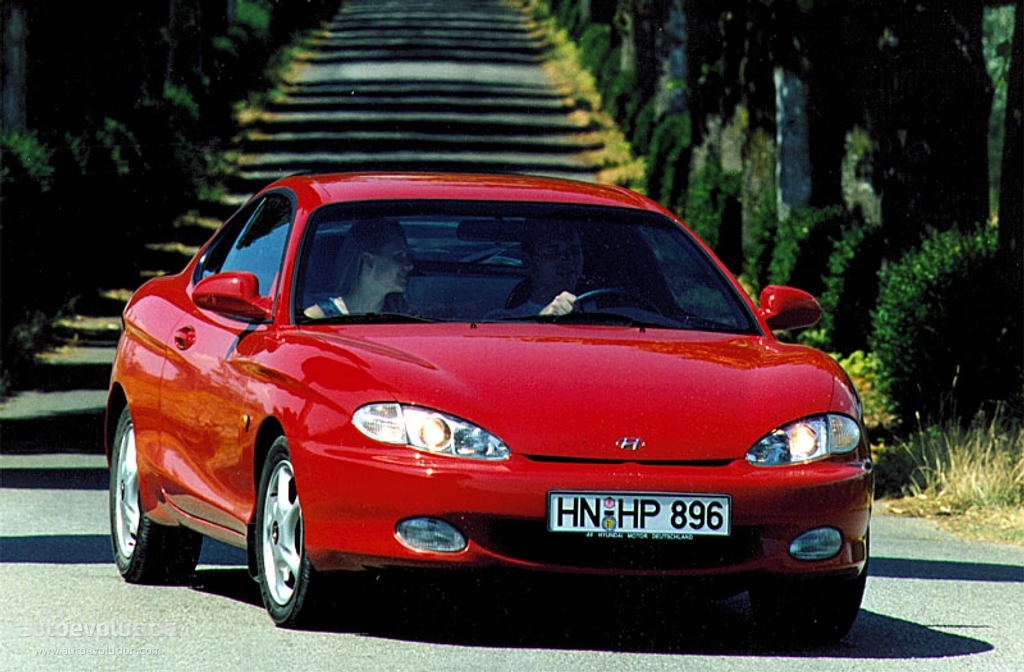
The Tiburon was launched in 1996 and was produced across two generations until 2008. There was nothing particularly outstanding about the car—other than the fact that it was quite cheap and at least offered budding enthusiasts an affordable entry point into the performance car world.
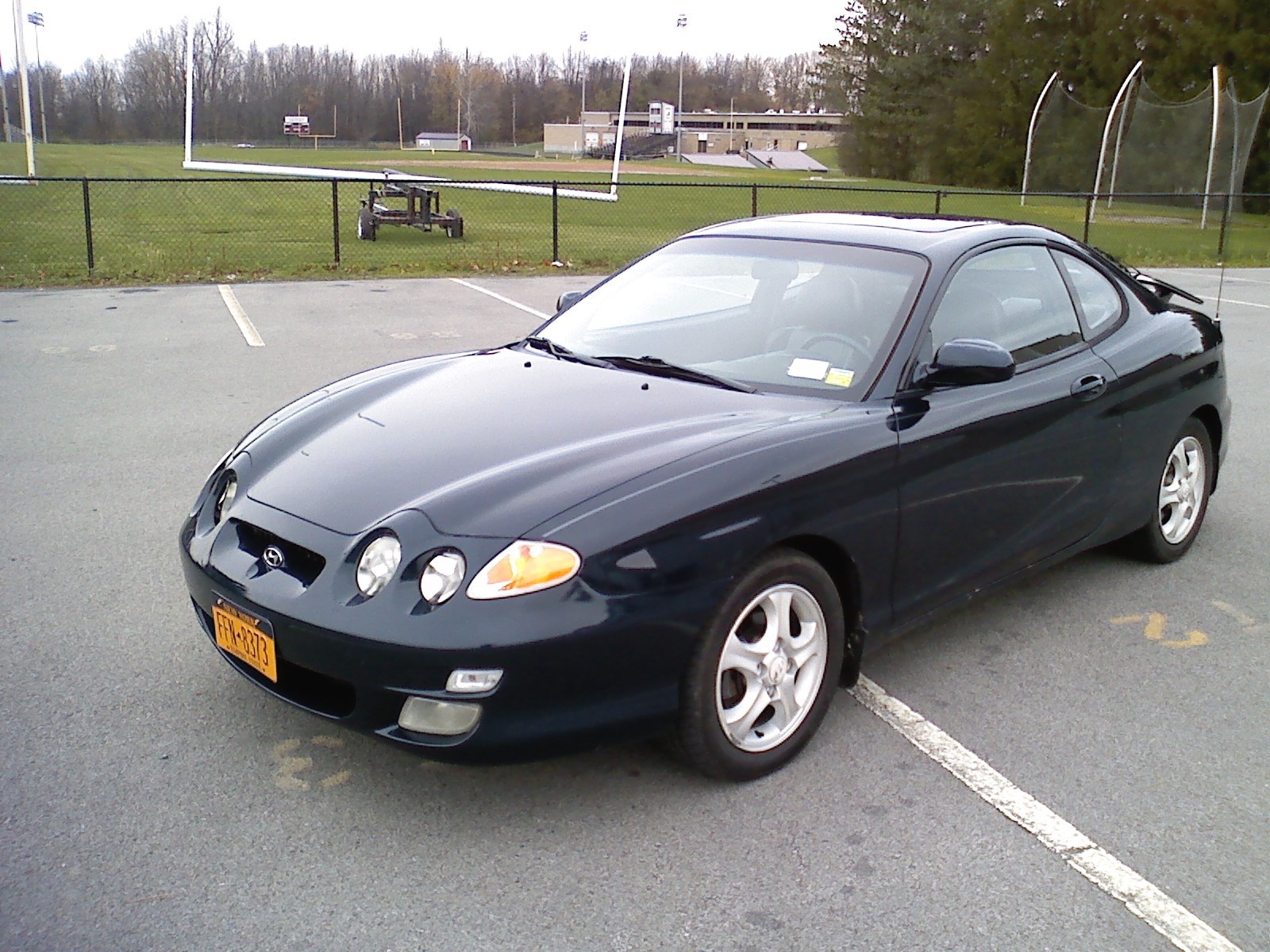
Unfortunately, in 1999, the car received a design update that made its affordability a much less attractive selling point. Hyundai updated the interior of the car to give it a more modern feel. However, it’s the carmaker’s work on the exterior—especially around the front end—that leaves us scratching our heads. It looked like parts from different cars were assembled and poorly glued together.
2019 Chevrolet Camaro SS

There was nothing really wrong with the design of the very fast 2018 Camaro until it received a face-lift for the 2019 model year. The awful front end especially came in for a lot of criticism, and it’s not hard to see why. It’s unclear what effect Chevy was going for with the polarizing new design.

The backlash was so great that Chevrolet changed the front end again for the 2020 model year. “Customers spoke, and we listened,” Steve Majoros, director of Chevrolet passenger car and crossover marketing, said during the release of the much better-looking 2020 Camaro SS.
Aston Martin Rapide

The Rapide was introduced in 2010 as a 4-door, high-performance sports sedan. In 2014, the Rapide’s V12 powerplant received a welcome power boost from 470 hp to 550 hp. However, in addition to the engine upgrade, Aston Martin also decided to change some elements, notably the grille design.
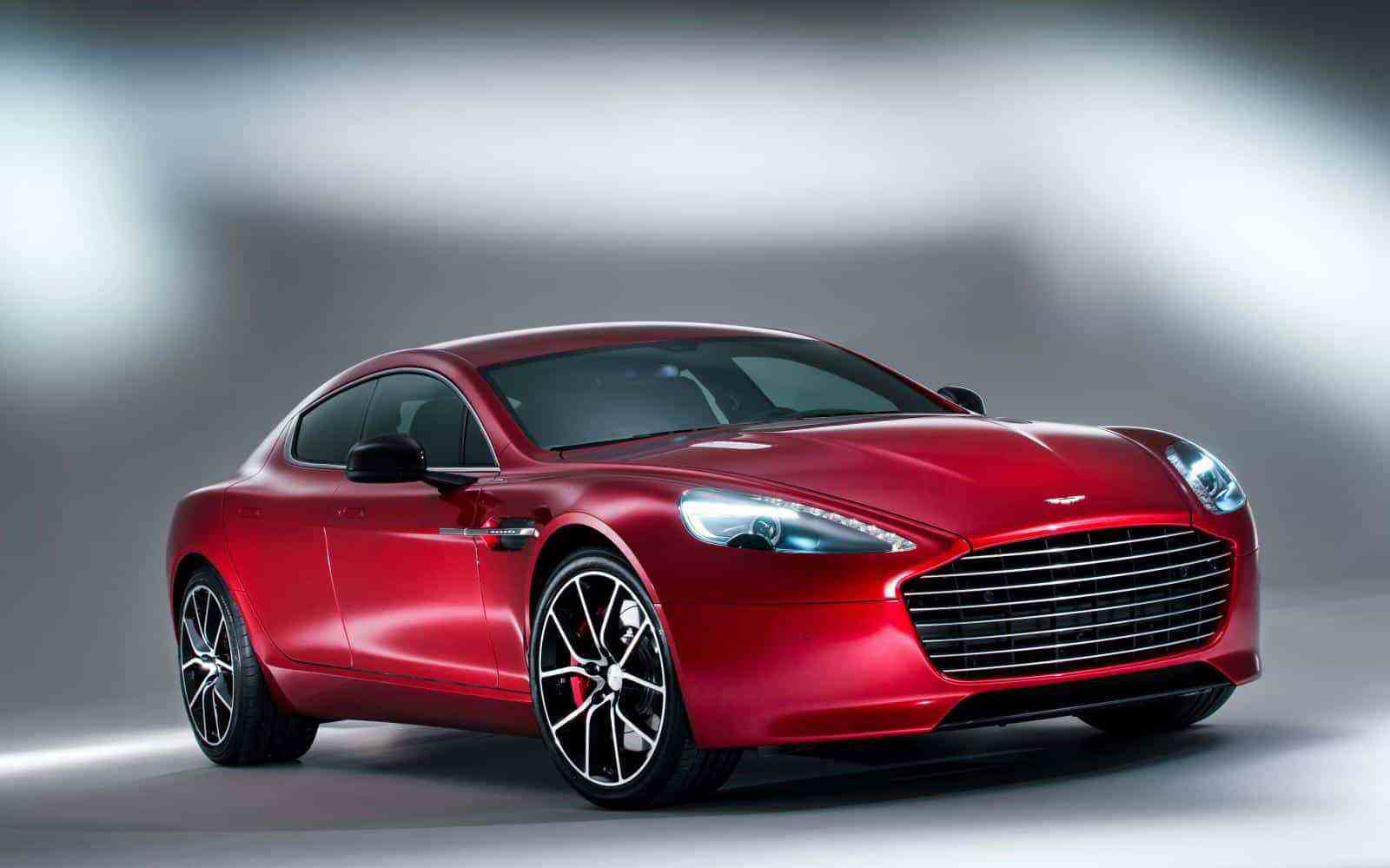
The elegant two-piece grille in the 2010–2013 model was replaced by a single piece that seemed oddly out of place. Today, Aston Martin has mastered the design and placement of massive grilles—just check out the DBS Superleggera. However, for the Rapide in 2014, it did not work out so well.
2017 Skoda Octavia

Before 2017, the plain Skoda Octavia was the type of car you would want to drive if you did not want to attract attention. That all changed with the 2017 face-lift. If you need proof that split headlights do not work on every vehicle, look no further than this example. They resembled an afterthought and did not blend well with the front-end styling.

Suddenly, the car had morphed from being a boring daily driver to something decidedly uglier. There’s no way you could slip by without attracting a few puzzled glances. The designers must have realized something was off with the design because the car’s looks were updated again for the 2019 model year.
2003 Pontiac Sunfire Coupe
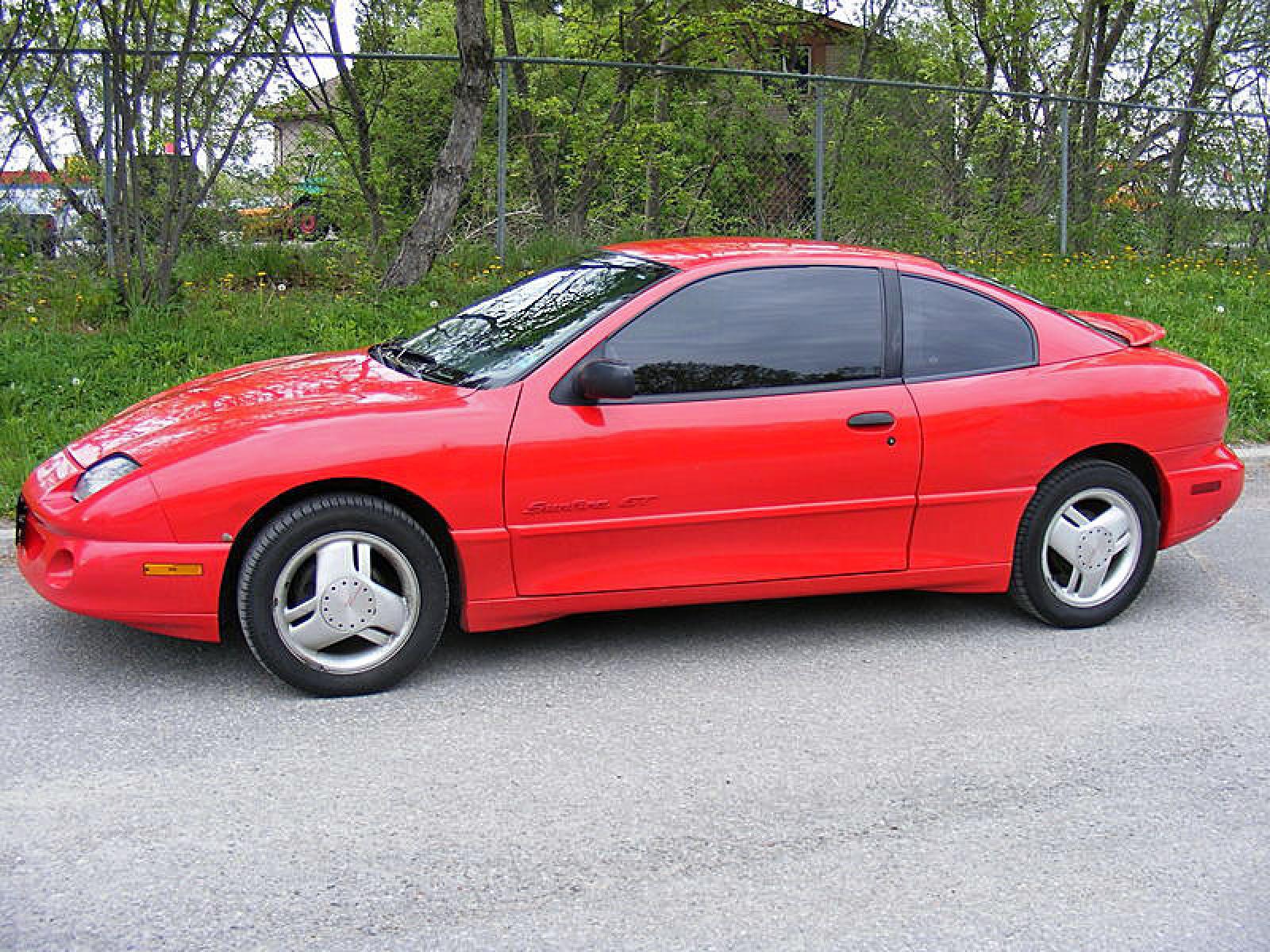
The Pontiac Sunfire was first introduced in 1995 as the replacement for the Sunbird. It was not exactly good-looking, but if anything, the 2003 face-lift made the car even uglier. The front end was awful with those ridiculous-looking headlights. The rear was no different, with the downright useless spoiler fixed on the middle of the boot lid.
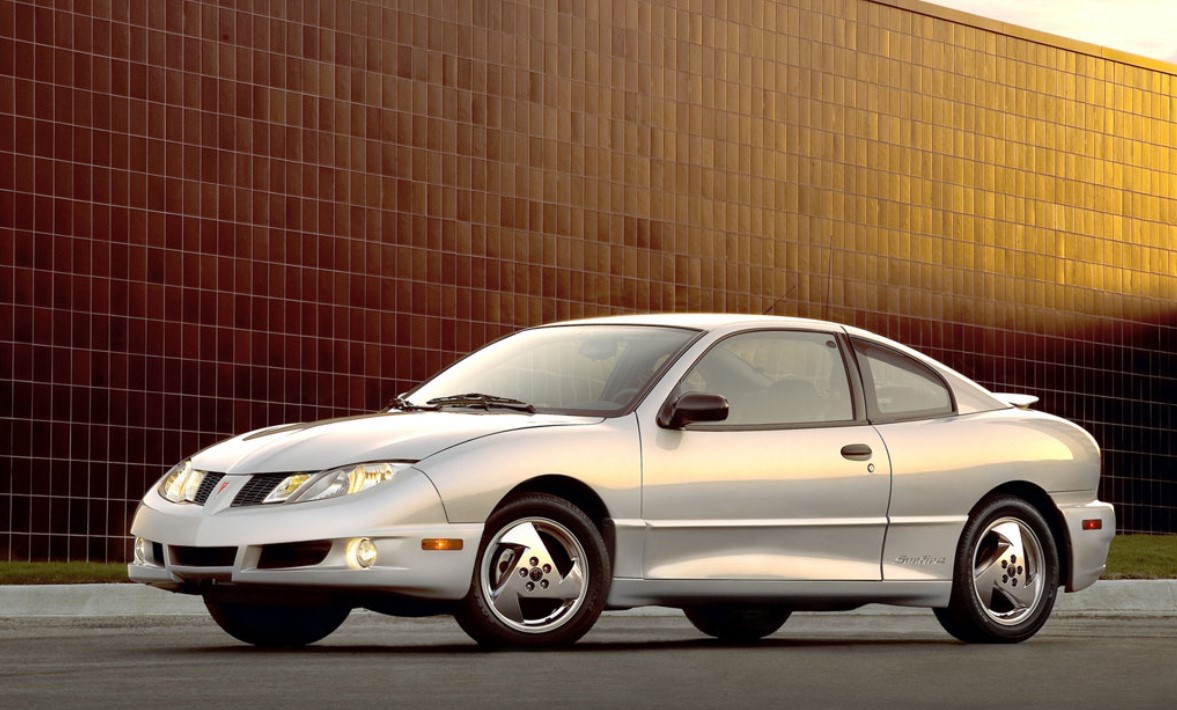
Pontiac was a troubled company at the time, and, possibly, the executives were distracted by myriad other issues. However, it still doesn’t explain how this design was approved. It definitely did not help the company’s bid to stay afloat.
MG MGB

The MGB is one of the most popular classic models from the British carmaker. It was available as a roadster or coupe at different times during a lengthy production run that spanned 18 years, from 1962 to 1980. In 1974, the car received a face-lift that transformed a beautiful classic into an ugly duckling.
The bonnet sloped steeply, giving the MGB a sad, droopy look. Also, the chrome bumpers—a big part of the car’s classic appeal—gave way to plastic replacements. The plastic bumpers resulted from ever-tightening safety regulations in America, a key market for the MGB. It might have made the little sports car safer, but it sure came at the cost of overall aesthetics.


